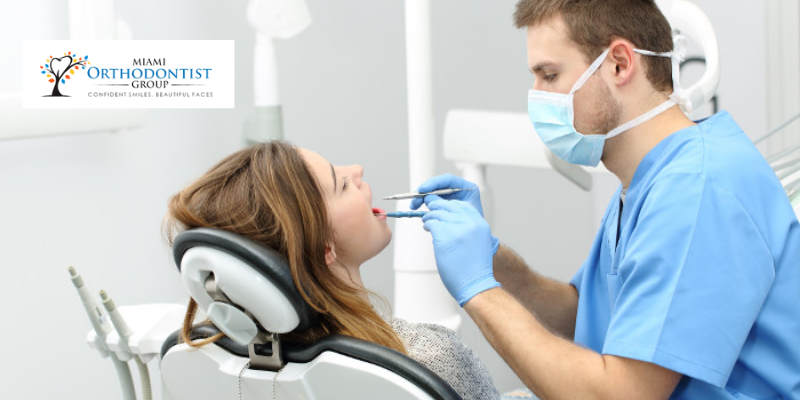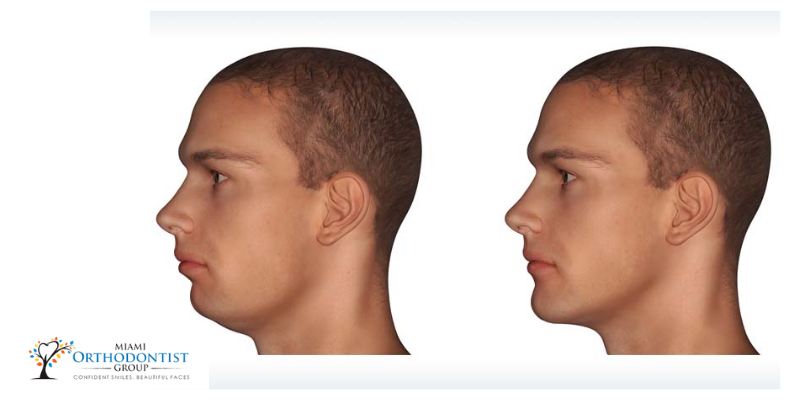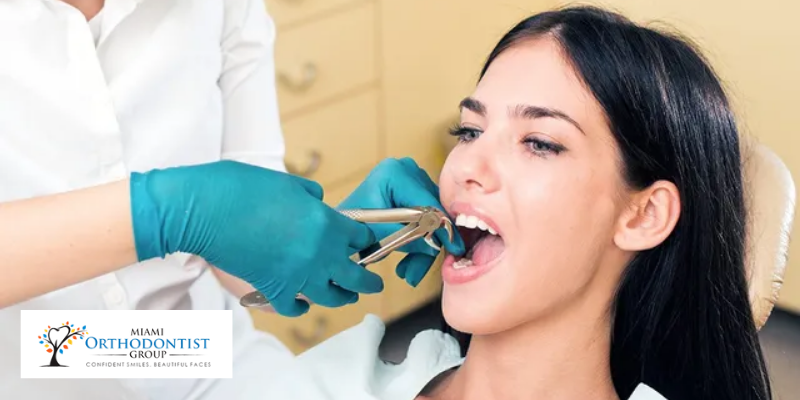Beautiful smiles can boost your self-confidence. However, it may not be possible if your teeth are not properly aligned or are crowded. Orthodontic treatment is necessary for the correction of mal-positioned teeth. Your orthodontist will examine your teeth and explain the options available to get the best results.
Tooth extraction effectively helps to align the teeth, especially if you have extra teeth. You may undergo a dental extraction procedure to achieve a stable bite, beautiful smile, and straight teeth. Besides, it is necessary to improve crowded teeth. An expert carries out the extraction during or before orthodontic treatment.
Do I need an orthodontist or a dentist for a tooth extraction?
An orthodontist specializes in correcting the position of the teeth in the mouth and the conditions of the jaw. The dental expert will examine your teeth and refer you to a dentist or an oral surgeon if your orthodontic case needs tooth extraction. Before recommending an extraction, your orthodontist must have ruled out other options, especially if you have crowded teeth.
However, an orthodontist can work with an oral surgeon for the correction of jawbone abnormalities, lower face, and bad bites. Orthognathic surgery refers to surgical procedures for the treatment of such orthodontic cases. Through the collaborative efforts of these dental experts, you are sure to achieve a beautiful and healthy smile. Besides, you can speak clearly and chew food properly.
Dentists and oral surgeons offer a broader variety of dental procedures. While a dentist performs basic dental extraction, an oral surgeon carries out complex cases of extraction. People visit dentists for dental issues. The dentist evaluates the condition and determines whether a patient requires dental extraction or not.
If the patient needs to get a tooth extracted, the dentist may carry out the procedure. However, the dental expert may refer the patient to an oral surgeon if the procedure requires surgery. An oral surgeon can remove an impacted tooth by cutting the gum tissue. The expert can also replace a missing tooth with a dental implant. Fortunately, many dental practices work with oral surgeons and can easily make a recommendation.
When you need an oral surgeon?

Dentists examine and clean teeth, fill cavities, and pull teeth amongst other dental services. However, oral surgeons are dental surgical specialists. They deal with oral surgical issues including:
- Fractured jawbone
- Impacted wisdom teeth
- Cleft lip
- Broken facial bones
- Tooth loss
Though a dentist can pull teeth, complications may arise. You may need an oral surgeon to complete the extraction if a tooth fractures during the process. Likewise, you will need an oral surgeon if a tooth has complex roots. When things go wrong during a basic dental extraction, immediate referral to an oral surgeon will reduce the risk of further complications. Besides, it will minimize discomfort.
You will need an oral surgeon if your tooth is already fractured. Such a tooth is likely to crack more during the extraction procedure. Just like an impacted tooth, a cracked tooth requires intensive surgery. The removal of a tooth below the gum line goes beyond pulling it out.
Issues related to a patient’s facial structure may lead to discomfort during basic dental extraction performed by a dentist. However, surgical specialists can successfully carry out dental extraction even when there is limited jaw mobility or teeth are mal-positioned.
Why you have to undergo dental extraction?
Orthodontists recommend tooth extractions only if it is the best treatment option. Removal of teeth is the best choice for the orthodontic treatment of the following problems.
Impacted teeth
An impacted tooth may grow within the gum or partially remain beneath the gum. It may grow on top or behind another tooth if the space available isn’t enough. Impacted teeth can be pulled into correct alignment with the aid of special orthodontic hardware. However, it may not be a good option in some situations, as the tooth may be far from alignment.
Removal of the impacted tooth is the best option in such a case. The matching tooth may be spared if it will properly align. Extraction of impacted teeth is necessary to maintain a balanced smile and prevent infection. Swollen gum, pain, headache, and mal-positioning of teeth are the symptoms of impacted teeth.
Crowding of teeth
The jaw may not accommodate all the teeth growing in it, resulting in crowding. Due to this situation, some teeth will shift from alignment. Tooth extraction is the best option for adult patients, as their jaws are not likely to become wider. However, other options such as the use of a space maintainer may be available for children who have not lost all their milk teeth. The removal of a tooth or two will enable orthodontic braces to align the remaining teeth properly.
Protruding of front teeth
The sticking out of the teeth either at the front or by the side can change a person’s facial profile and affect speech. It can also prevent the affected persons from closing their teeth properly. Removal of such teeth or overcrowded ones that cause them to stick out creates the space needed to correct the alignment using orthodontic braces.
Jaw abnormalities

The teeth will not properly fit together if the jaws are not well aligned. Surgery is the best option for the correction of jaw conditions, such as overbite (lower teeth are too far behind upper teeth).
Missing teeth
An individual may have an asymmetrical facial appearance due to the inability of one or two permanent teeth to grow. The missing teeth can also leave your smile with gaps. You may use a dental implant or bridgework to replace them. Pulling the tooth on the other side of the jaw is another option for maintaining symmetry.
However, the best results are achieved with extraction if only one tooth is missing. Orthodontic braces are then used to close the gaps. An oral surgeon can also remove excessively large or odd-shaped teeth. Other teeth can fill the space left by the extracted tooth by using braces to shift them.
The size of the teeth and their position as well as the condition of the jaw determines the orthodontic treatment a patient receives. Your orthodontist may refer you to a dentist or an oral surgeon if dental extraction is part of your treatment. Discuss your concerns about your dental issues with your orthodontist. The expert will determine whether you need the extraction to achieve the best results.


